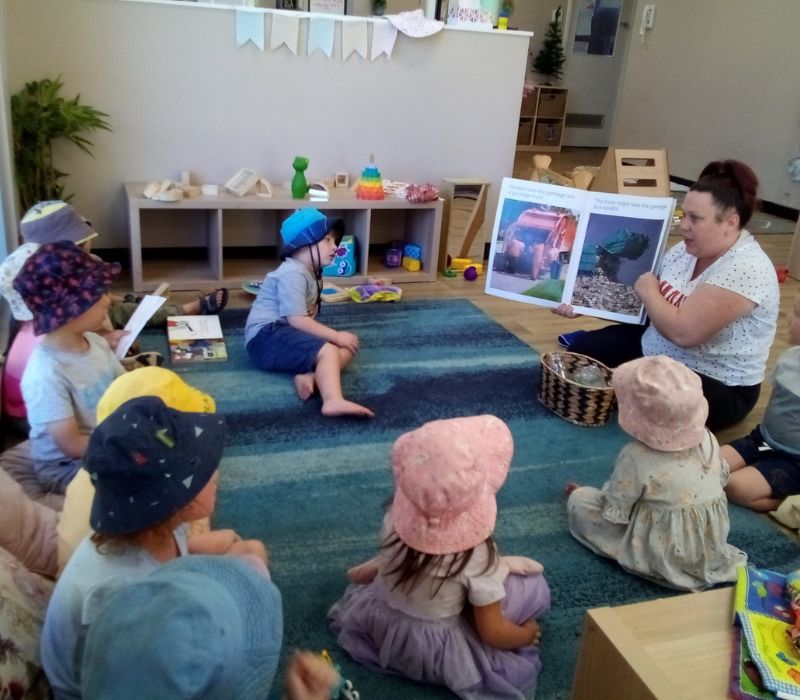Sonas Early Learning and Care is using a unique model as part of its mixed age, family grouping structure, allowing caregivers to form solid bonds with children in their care.
The Sonas philosophy centres around ‘key clusters’ where two key educators are assigned to small groups of children and are responsible for all aspects of their health, safety, education and care.

Unlike other early learning centres which care for children in age-based groups, Sonas’ free-flow pedagogy allows youngsters, aged from 18 months to four years, to further their learning through interactions with children of all ages, supported by key educators. Infants are cared for separately in the Nest.
Sonas Owner Shelley Prendergast said forging healthy relationships and strong attachment with one or two key educators helped them build trust with children and their parents.
“When children have strong attachments, the science tells us that this is a really strong period of rapid brain growth so it’s the most opportune time for core neuro-development,” Shelley said.
“This development is underlying to the psychological and emotional wellbeing of children. Emotional influences in the early years, especially the child and caregiver relationship, shapes children’s neurological, psychological and social potential.”
The Sonas key educator model is based on research by American developmental psychologist Mary Ainsworth and the ‘attachment theory’, whereby children and infants need to develop secure dependence on their parents to cope in unfamiliar situations.
“We are trying to replicate the Ainsworth theory in the education and care setting where children can rely on and form close bonds with one or two educators who become their most trusted caregivers,” Shelley said.
“These key educators provide children with a sense of security, a sense of belonging and someone they can rely on to be there to support them. At Sonas, what we want is to provide children with a secure base so they will explore the world that we’ve set up for them.
“The goal is, once the child has moved into the family group from the Nest, they stay with the same key educators for their entire enrolment.”
Shelley said the attachment theory allowed the key educator to establish a sense of security to best guide the child to help them grow, develop and explore to reach their full potential.
“You see it in new children who have not formed an attachment with anyone yet – and they cry a lot,” she said.
“People say ‘they’ll settle in’ – and settling in is a part of it – but if they don’t form secure attachments with somebody they can’t settle because they may not feel safe.
“Often at that early stage children won’t eat, won’t sleep, they won’t play – they just cry and there’s no consoling them, so you have to work through that and they have to learn to trust somebody.
“The key educator model means every day it won’t be someone new trying to form a new bond and settle that child.”
As part of the structure, key educators have between 10 and 15 children in their cluster on any given day.
One educator is responsible for care elements, including nappies, feeding, water intake, and sun protection, while the other person manages the education needs.
Shelley said mixed age, family grouping had been inspired by learnings made at Sonas’ first centre at Huntingdale, which opened in 2016. Since then, the model has evolved and is now in place at all 15 centres.
“Education and care is all about families so it resonated with us that family grouping meant that families could be together, whether it was siblings, friends or cousins,” she said.
“When we opened our other centres that family grouping philosophy filtered through because we had seen the benefits to the children at Huntingdale.
“We saw little babies develop confidence so much faster. They were confident with older children. They weren’t easily scared. They seemed to be learning faster and the older children were learning empathy and were teaching the younger children.
“Now, it’s standard practice at Sonas. We’ve seen the benefits. We know it works.”

